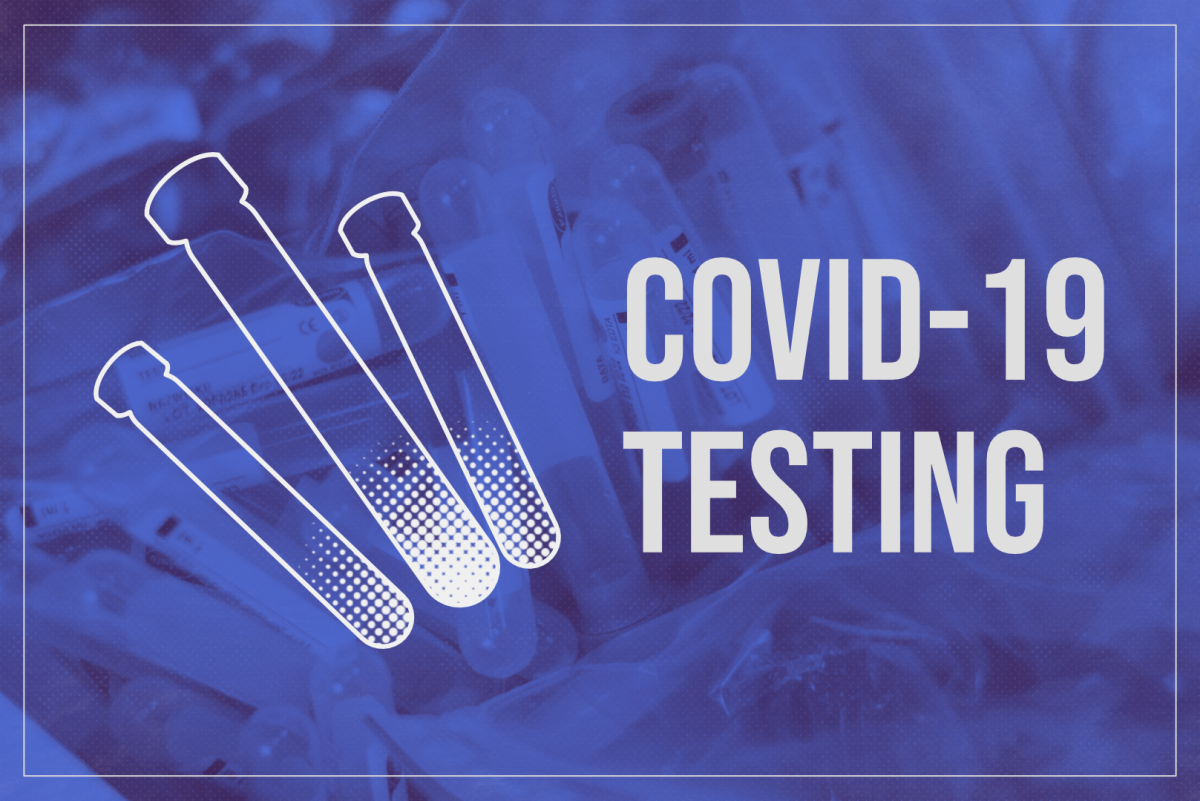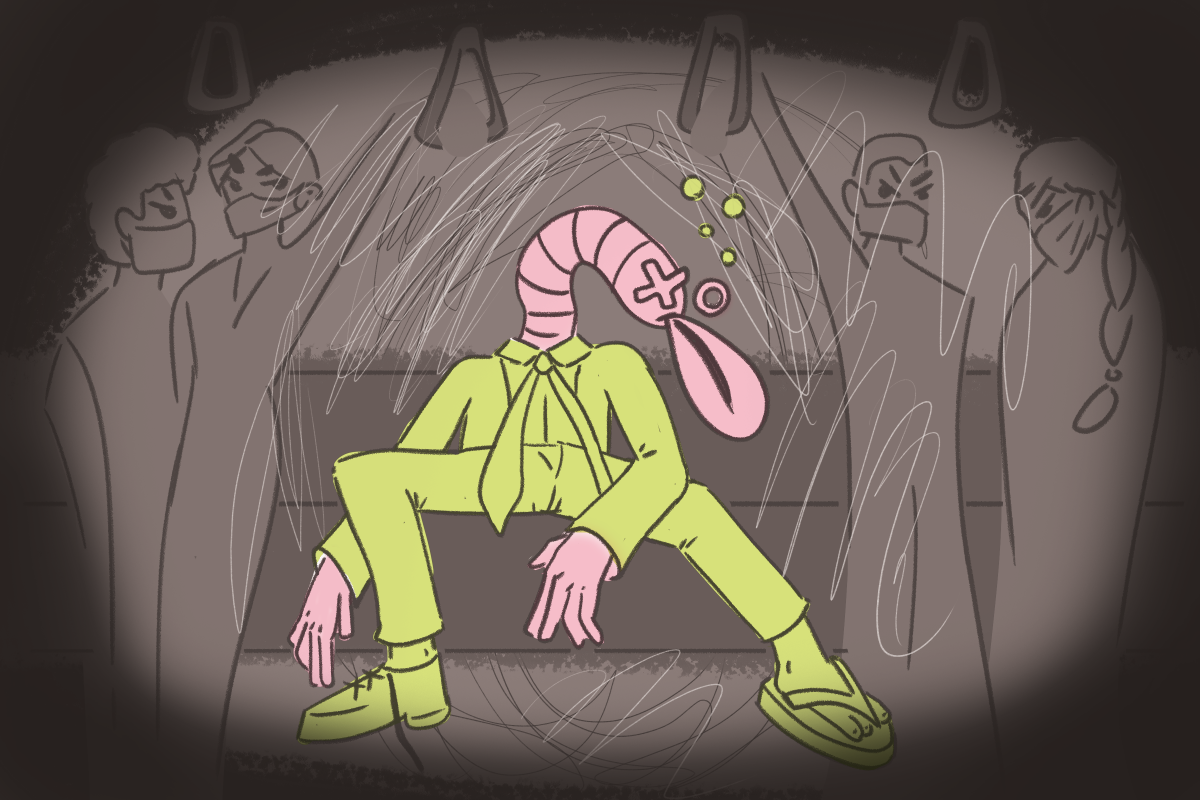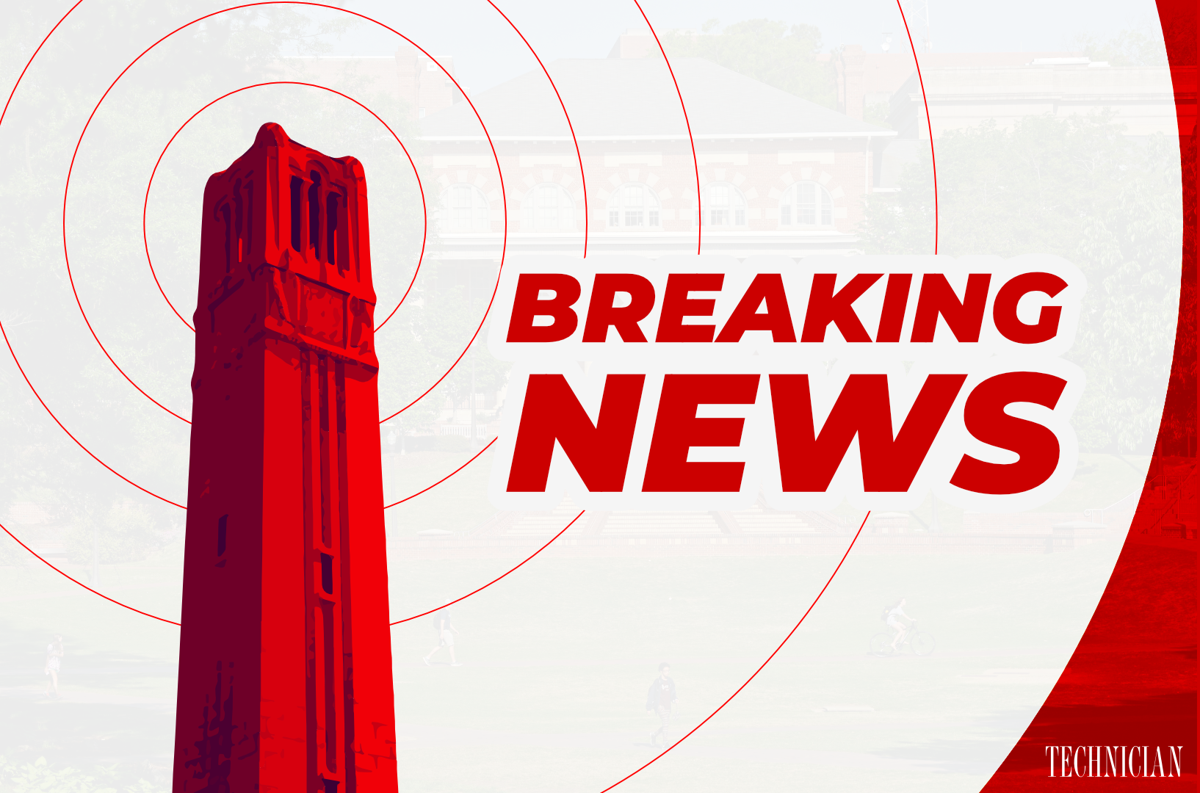As a part of the ten reactivation task forces implemented in response to the COVID-19 pandemic, the Organized Research task force has been working since mid-March to ensure research, a critical part of NC State’s operations as a land-grant university, has been able to continue safely and in compliance with federal guidelines.
Mladen Vouk, chair of the Organized Research task force and vice chancellor for the Office of Research and Innovation, explained some of the impacts of COVID-19 on organized research on campus.
“What happened on Mar. 18 is that week we learned that the pandemic was official, and NC State had to shelter in place,” Vouk said. “We went into what we call the ‘essential work only phase,’ where the only researchers that were allowed on campus were those doing critical research that could not for any reason be stopped, because it would have cost a lot of money, or there would have been a loss of data.”
At NC State, organized research comprises about 4,500 faculty, staff and students, including post-doctoral and graduate students. There are students from every college involved in organized research, but most are from the College of Engineering, the College of Sciences and the College of Agricultural and Life Sciences. Currently, the budget for research expenditures is about $541 million, coming mostly from sponsors, including industrial partners, nonprofit organizations and the state of North Carolina, according to Vouk.
Following the shelter-in-place order, the top priority for the task force was the safety of all researchers while maintaining critical services and operations, which included taking care of livestock and keeping some machines running. Vouk said only about 500 researchers were allowed back on campus, and they worked in shifts, while practicing strict social distancing.
“Phase 1 was recommissioning the buildings, building the culture of defense with respect to the virus and generally ramping up the research so we don’t lose that much,” Vouk said. “Once we moved from [phase 1], to the second phase of reopening, then we allowed additional projects in there. We gave special precedence, for instance, to untenured faculty, untenured track faculty, so their projects wouldn’t stall too much and their careers would be supported.”
In phase 2, which started June 8th, more people were allowed to return to the laboratories for in-person research, but they still had to follow stringent requirements. According to Vouk, only about 35% of the space in laboratories was used, and each occupant was asked to stay within a designated 200 square feet of space and avoid physical contact with others.
These intense safety measures have already helped prevent the spread of infections among researchers. “We haven’t had any infections yet; the density is higher — we have about 3000 people now approved for presence on campus in 69 buildings, and a large number of laboratories and research spaces,” Vouk said.
The task force is currently meeting several times per week, Vouk said, and will continue meeting throughout the fall. While NC State is currently operating under phase 2 guidelines, the task force is already planning to adjust operations when phase 3 begins.
“In phase 3, which we hope is going to start mid-July, maybe a little later depending on what the situation in North Carolina is, we’ll start allowing human subjects, research clinics and services — undergraduate researchers may be allowed with permission,” Vouk said.
Vouk expects the majority of researchers who work on campus will be able to return at the start of the 2020-2021 academic year. However, Vouk said to ensure the safety of researchers as well as the campus population, the precautions including masks, physical distancing and working in shifts are going to be in place for the long-term.













